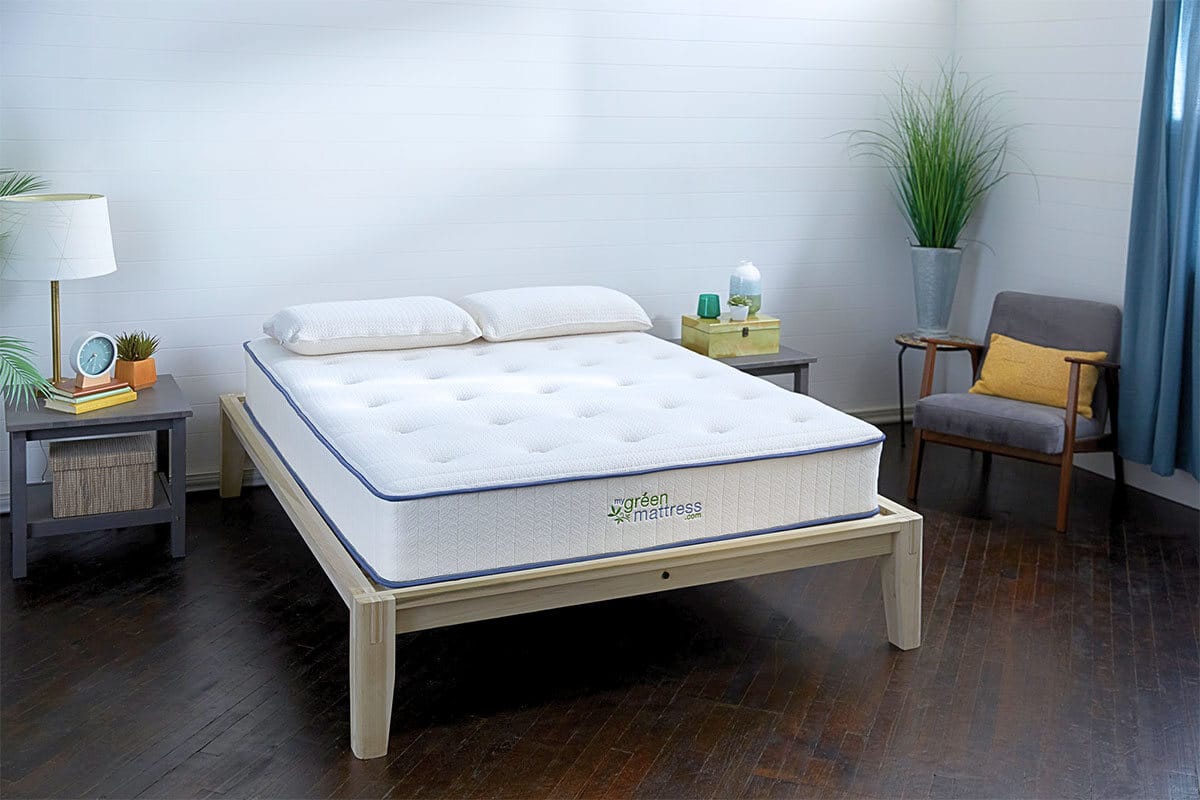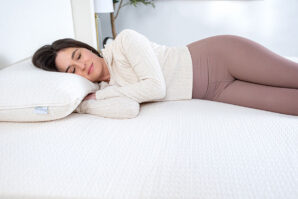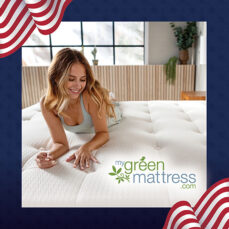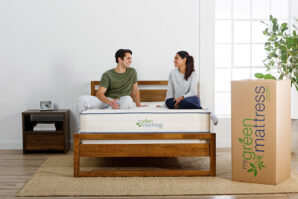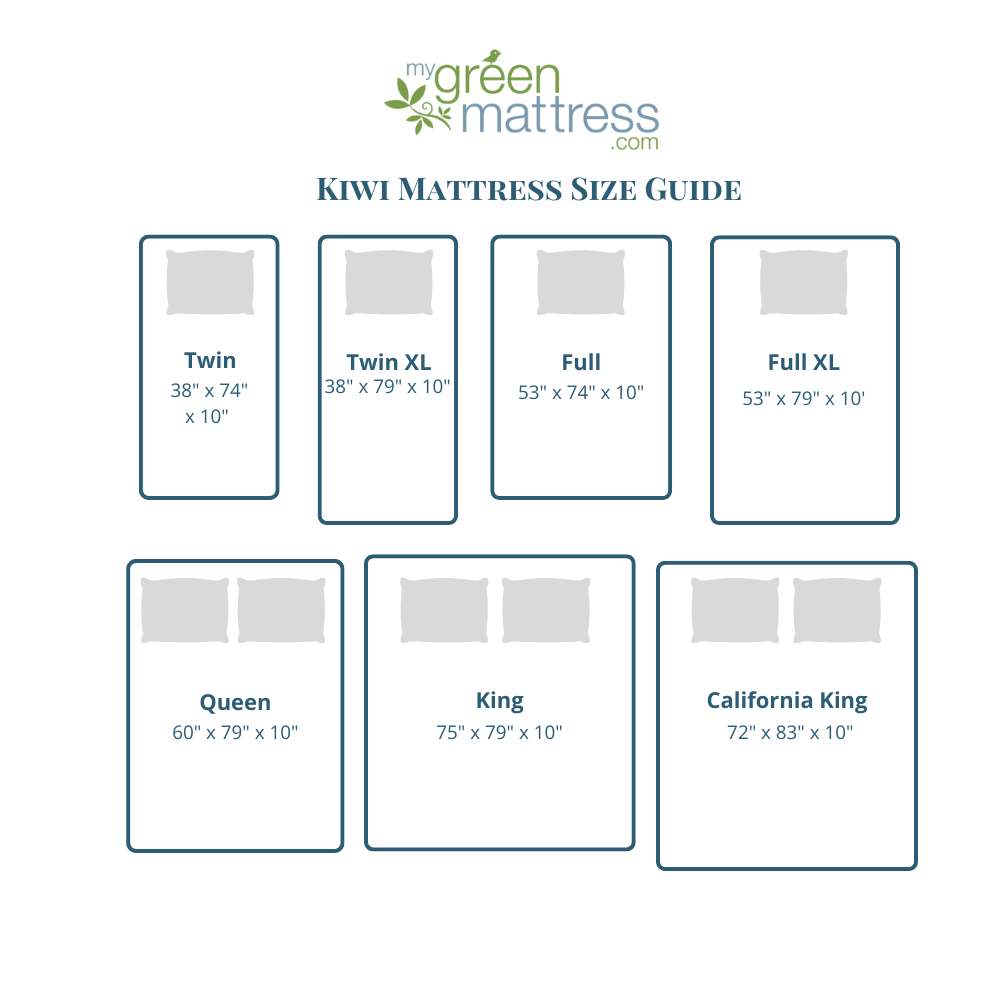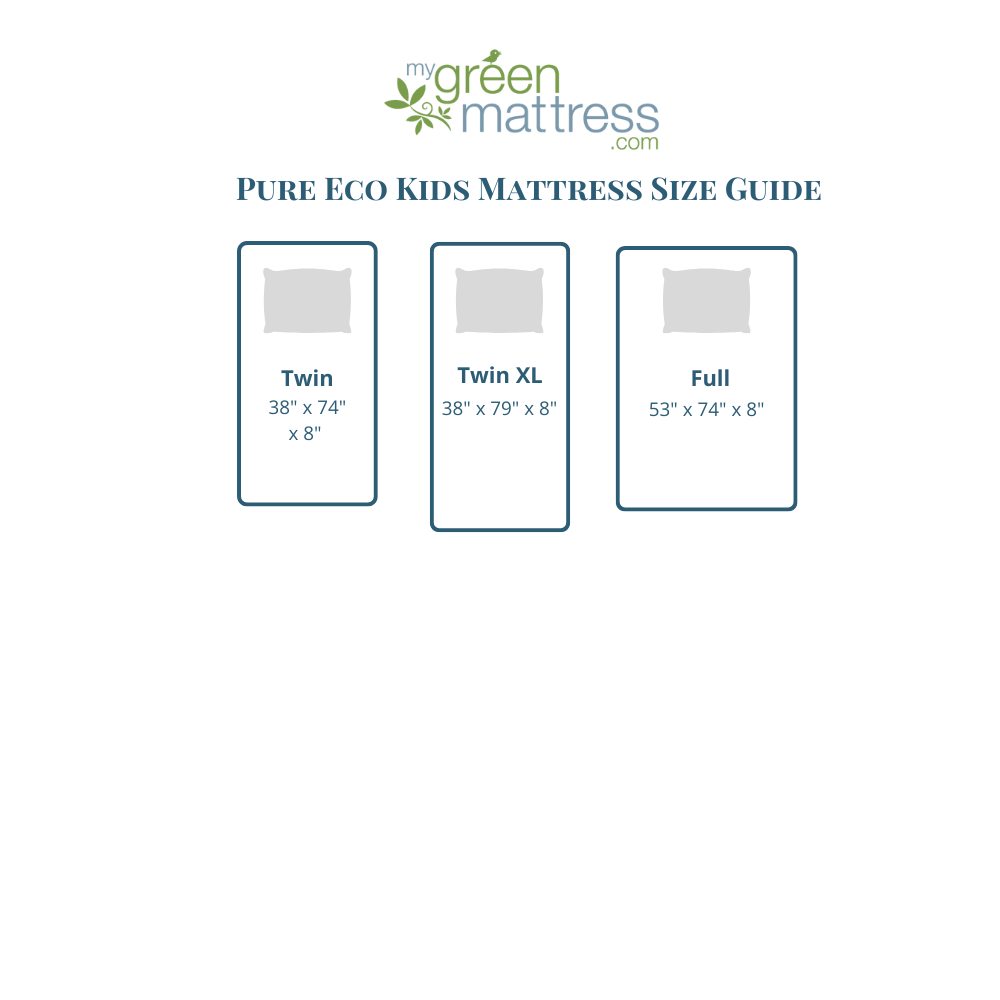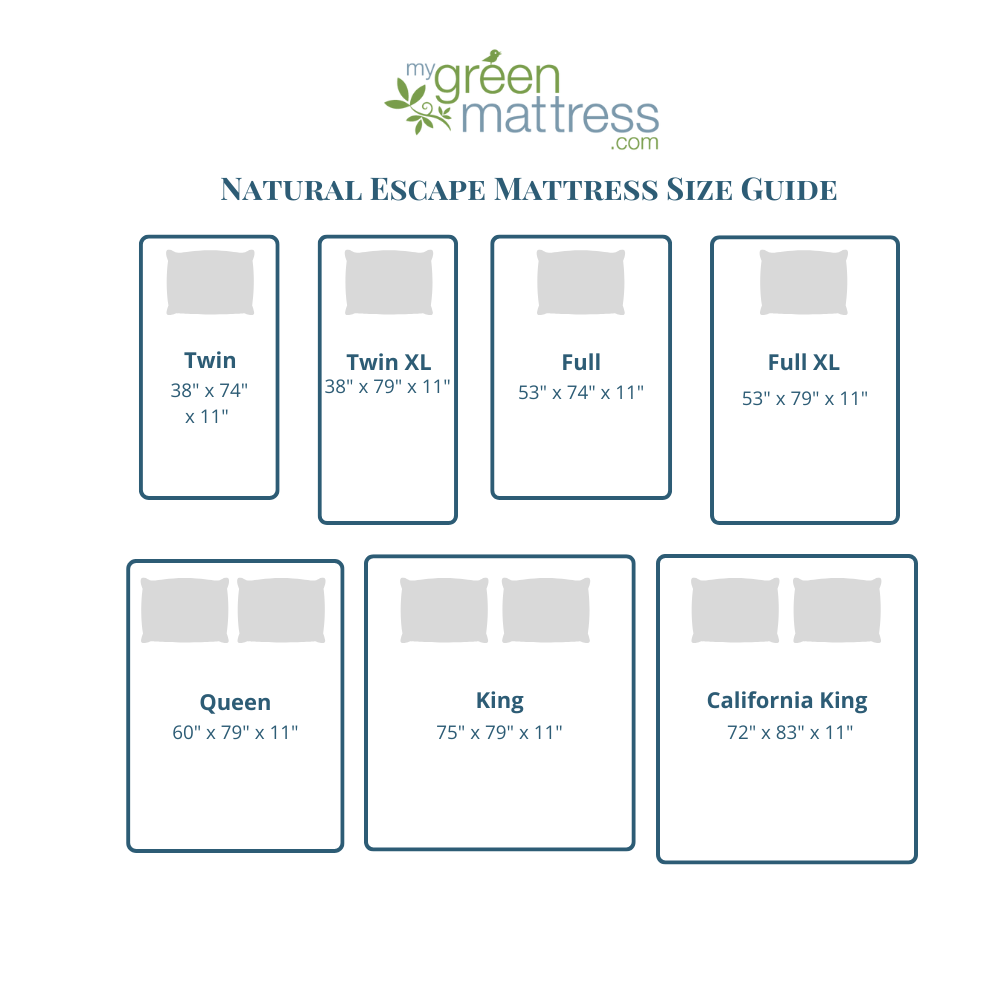When it comes to our health and well-being, we often pay great attention to the foods we consume and the air we breathe. However, one aspect that tends to go overlooked is the potential toxicity in our sleeping environment. Among the various components that make up a bedroom, mattresses are often the center of concern.
Unfortunately, in the history of mattress-making, there was a time when manufacturers began using materials that inexpensively increased the relative comfort of the mattress, but were later revealed to be harmful to humans. While these toxic chemicals have been largely phased out of the mattress making process, fears and some bad actors still exist. It is essential for everyone buying a mattress to understand what to avoid, and how to ensure that your mattress is providing the safest sleep environment possible for you and your loved ones.
Understanding Mattress Components
To ensure that a mattress is non-toxic, it is crucial to comprehend the materials and substances used in their construction. Mattresses typically consist of several layers, including foam, springs, fabric, and flame retardant materials. When purchasing a mattress, be sure that you understand everything that is in the mattress, and if there are any chemicals used, understand what those are. Non-toxic mattresses (like ours) are often made with simple, certified organic materials.
Volatile Organic Compounds (VOCs)
One of the primary concerns regarding mattress toxicity revolves around Volatile Organic Compounds (VOCs). VOCs are chemicals that can vaporize at room temperature and may have short- or long-term adverse health effects. Some VOCs are commonly found in synthetic mattresses, particularly in the synthetic foams used for comfort layers or support cores. These include chemicals like formaldehyde, toluene, benzene, and various flame retardants.
How Can I Be Sure That My Mattress Doesn’t Contain Toxic Chemicals?
To address the issue of mattress toxicity, various certifications and standards have been established. These certifications aim to ensure that mattresses meet specific safety guidelines and have low levels of harmful substances. The most prominent certifications include Greenguard Gold, OEKO-TEX®, Global Organic Textile Standard (GOTS) and Global Organic Latex Standard (GOLS). These standards set limits for VOC emissions, heavy metals, formaldehyde, phthalates, and other potentially harmful substances.
Flame Retardants
In the US, there are strict rules about new mattresses being flame retardant. It’s understandable! We certainly don’t want our mattress to go up in flames! The problem is how is the mattress being made flame retardant? With synthetic mattresses, harmful chemicals or fiberglass can be used to make the mattresses flame retardant. Historically, certain flame retardants, such as polybrominated diphenyl ethers (PBDEs), were found to be harmful to humans. These were subsequently phased out, but the idea that mattress flame retardants are toxic has persisted. Today, manufacturers often employ safer alternatives, such as barrier fabrics or naturally flame-resistant materials like wool.
A better alternative is organic wool which acts as the only flame retardant in our mattresses. When purchasing a mattress, be sure to inquire about how the manufacturer has made the mattress flame retardant and ensure compliance with relevant safety standards.
Health Implications
While concerns surrounding mattress toxicity exist, it is important to put them into perspective. The potential health risks associated with mattresses are generally low, especially when certified by recognized organizations. The majority of mattresses on the market comply with safety regulations, making them safe for most individuals. However, those with specific sensitivities or allergies should exercise caution and consult with healthcare professionals. Bad actors in the field do persist, so be sure you are buying a mattress from a reputable source.
Improving Sleep Environment
For those seeking a healthier sleep environment, there are several steps that can be taken:
- Research: Conduct thorough research on mattress brands, materials, and certifications to identify safer options that align with personal preferences. Read the fine print, and learn as much as you can about the materials that mattress companies use. You can learn more about certifications here.
- Ventilation: Air out newly purchased mattresses to allow any potential odors or VOCs to dissipate before use. Good ventilation in the bedroom can also help maintain air quality.
- Natural and Organic Options: Consider mattresses, like ours, made from natural and organic materials, such as organic cotton, natural latex, and wool. These materials have lower levels of potentially harmful substances. If these organic materials are certified GOTS and/or GOLS, that is even more assurance that the mattress lacks toxic chemicals.
- Encasements and Protectors: Utilize mattress encasements or protectors to create an additional barrier between the body and the mattress, reducing direct exposure to materials.
Concerns about mattress toxicity should not be ignored but also shouldn’t be over-emphasized. With the implementation of certifications and standards, the mattress industry has made significant strides in ensuring safer products. By understanding the materials, certifications, and potential health implications, we can make informed decisions when selecting a mattress that suits our needs while prioritizing safety and well-being in our sleep environment.
My Green Mattress’ Commitment to Non-Toxic Materials
At My Green Mattress, we make the health and safety of our clients our number-one priority. Our mattresses are made with 100% certified organic materials, certified by GOTS, GOLS, Greenguard Gold and Made Safe®. All of these natural, organic materials are non-toxic. You can be sure that when you buy a My Green Mattress you are buying a non-toxic mattress, certified to the most rigorous standards.
Get in touch to discuss your mattress needs today!


